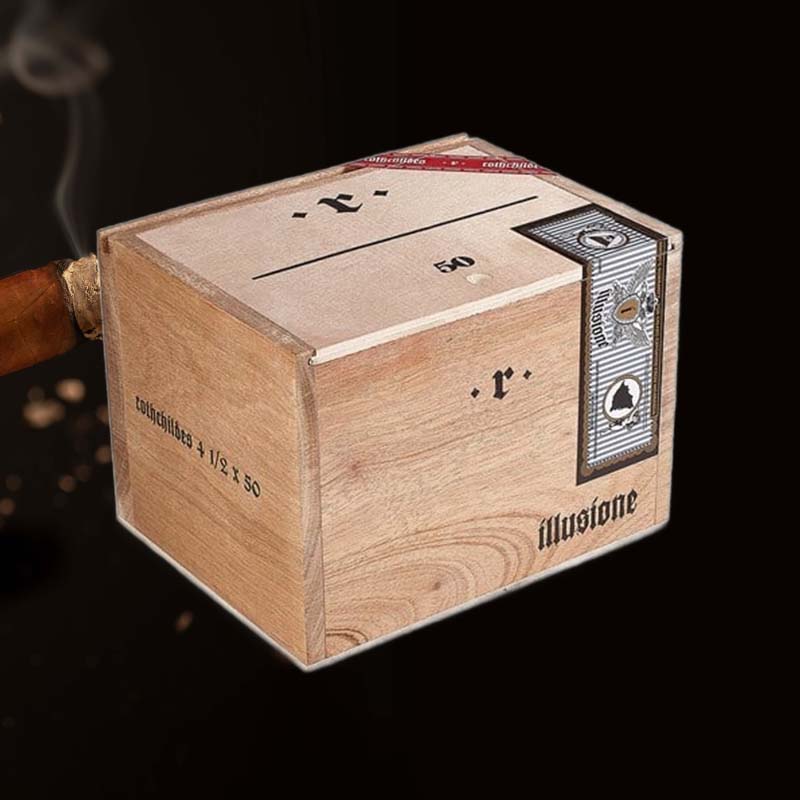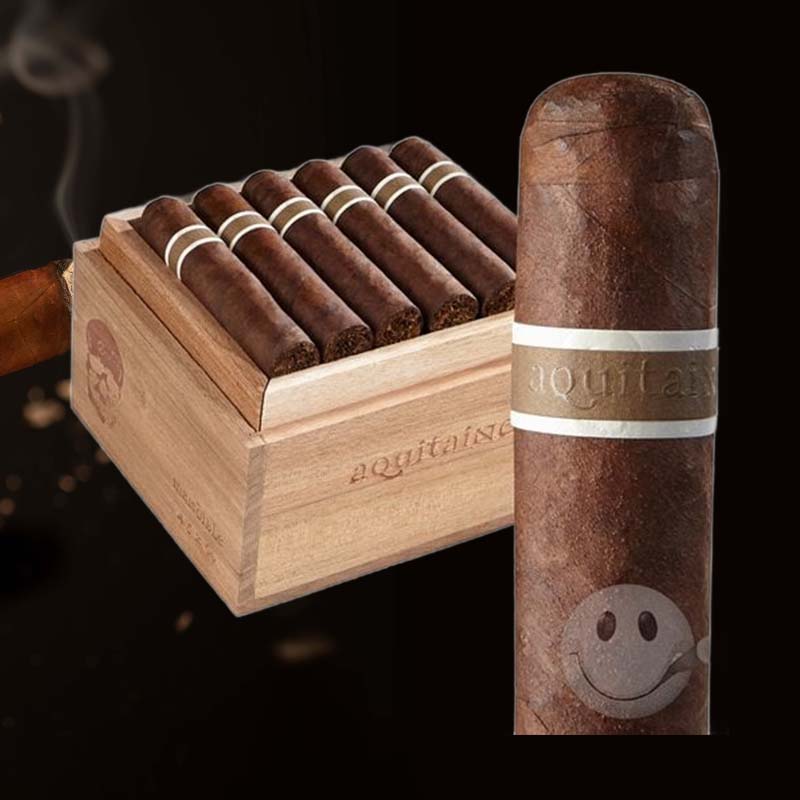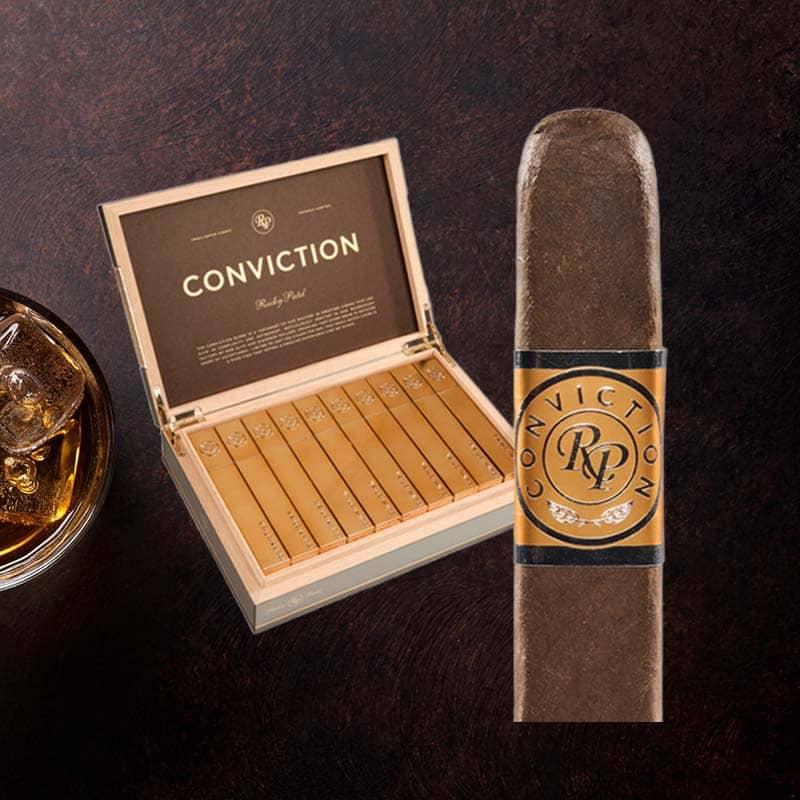Why don't torch lighters work
Como entusiasta de los cigarros, there’s nothing more frustrating than settling down in my favorite chair, cigarro en la mano, and discovering that my torch lighter won’t work. La anticipación se construye, but that moment of joy is swiftly followed by disappointment. I’ve often wondered, «Why won’t my torch lighter ignite?» Let’s try to unravel this puzzle, diving deep into the common hiccups of torch lighters, so you can enjoy your cigar without the hassle.
¿Por qué mi más ligero de antorcha no se enciende??
There are multiple factors that can lead to a torch lighter refusing to ignite. Understanding these issues makes troubleshooting easier.
Verifique el nivel de combustible
Lo primero es lo primero: is your fuel level sufficient? It’s often the simplest solutions that trip us up. A quick glance at the fuel gauge can save you a lot of time. If you’re low, refilling is your best bet.
Common torch lighter problems

Diving deeper into troubleshooting, let’s explore the prevalent issues that plague torch lighters.
Weak flame or no flame
- Combustible: Ensure there’s enough butane.
- Clogged nozzle: Dirt can block fuel flow.
- Pedernal: Worn flint may not produce a spark.
- Airlock: A veces, air can prevent fuel flow.
What to do when your lighter sparks but won’t ignite

I’ve faced the moment when my lighter sparks beautifully, yet no flame appears. Here’s how I’ve successfully navigated this issue.
Troubleshooting ignition issues
If you hear a spark, but no flame follows, consider checking for clogs, replacing the flint, or adjusting the fuel valve. A simple adjustment can often restore functionality.
Identifying fuel leaks

It’s crucial to ensure your lighter is not leaking fuel—this is both frustrating and can create a safety hazard.
How to check for leaks
- Smell for gas: A strong butane odor indicates a leak.
- Observe for bubbles: Apply soapy water to the lighter’s seams.
Understanding why your torch lighter is out of fuel
Imagina esto: you go to light your cigar after a long week, only to find that your lighter is empty. Let’s explore the signs!
Signs of low fuel
- Short flames: Indicates insufficient fuel.
- Intermittent ignition: Struggling to stay lit.
- Unresponsive lighter: You press and nothing happens.
The impact of dirt on lighter performance

A clean lighter is a dependable lighter. Accumulated dirt can negatively affect performance.
Cleaning tips for optimal performance
- Use aire comprimido para despejar la boquilla.
- Wipe the exterior with a soft cloth.
Recognizing abnormal sounds from your lighter
A veces, my lighter emits strange noises, sparking worry. Here’s what those sounds might mean.
What a hissing sound indicates
A hissing noise usually signals a possible fuel leak or that the valve is stuck. If you hear this, proceed with caution and check for leaks immediately.
Dealing with moisture issues in your lighter

Humidity can wreak havoc on any lighter. I’ve learned to be cautious about moisture.
How dampness affects lighter function
Excess moisture can cause the lighter to malfunction, leading to a tricky ignition. Keeping it dry is key!
Exploring safety features of torch lighters

Safety features are great, but sometimes they can hinder the lighter’s operation.
How safety mechanisms might affect operation
Child-proof mechanisms and automatic shut-offs can prevent ignition if the lighter is malfunctioning; be sure to understand these features when troubleshooting.
Preventive measures for torch lighter malfunction

To enjoy stress-free lighting, preventive care is essential.
Best practices for maintenance and storage
- Almacenar en una fresca, lugar seco.
- Regularly clean the nozzle and surrounding areas.
- Refill only when necessary.
What to check before refilling your torch lighter
If you’re refilling your lighter, a few checks can ensure an easy process.
Key steps for a successful refill
- Asegúrese de que el encendedor esté completamente vacío.
- Use the correct type of butane.
- Follow the manufacturer’s guidelines for filling.
Adjusting the flame height

Finding the perfect flame can elevate the entire cigar experience.
How to properly adjust your torch lighter flame
Most torch lighters have an adjustable flame setting; simply turn the dial to achieve your desired height before lighting your cigar.
Cleaning the nozzle for better performance
A clean nozzle leads to a reliable flame. Here’s how I keep mine clean.
Tools and methods for effective cleaning
- Aire comprimido: Clear out any blockages.
- Cotton swab: Gently clean around the nozzle.
Purging air from the lighter tank

Air can prevent proper fuel flow, leading to lighting issues.
Importance of purging for proper fuel flow
To maintain performance, purging is essential if you notice inconsistent flame issues. Release air before refilling to ensure optimal operation.
When to replace the flint

I’ve learned that flint wear can stall my lighter’s igniting ability.
Signs your flint may need to be changed
- No spark when trying to ignite.
- Visible wear on the flint itself.
Is it time to seek professional help?

A veces, despite best efforts, a lighter might need a professional touch.
Signs that indicate professional servicing is needed
- Repeated ignition failures despite troubleshooting.
- Visible damage to any components.
Conclusión
Maintaining your torch lighter is crucial for the enjoyment of each cigar. Regular checks, cleanings, and understanding the nuances of your lighter can prevent disappointing situations. Después de todo, the goal is to savor every puff without an ignition hiccup!
Preguntas frecuentes

Why won’t my torch lighter work?
Common issues include lack of fuel, clogged nozzles, or worn flint. Always inspect these elements first.
¿Por qué mi antorcha es una chispa más ligera pero no ligera??

This often indicates a blockage or a fuel issue. Check for clogs or adjust the fuel output.
¿Por qué no se permiten encendedores de antorcha??

Due to their high flame and potential for misuse, torch lighters are sometimes restricted in certain areas to enhance safety.
Why do butane lighters always stop working?

Butane lighters can stop working due to low fuel, chorros atascados, or worn-out components that need replacement.





